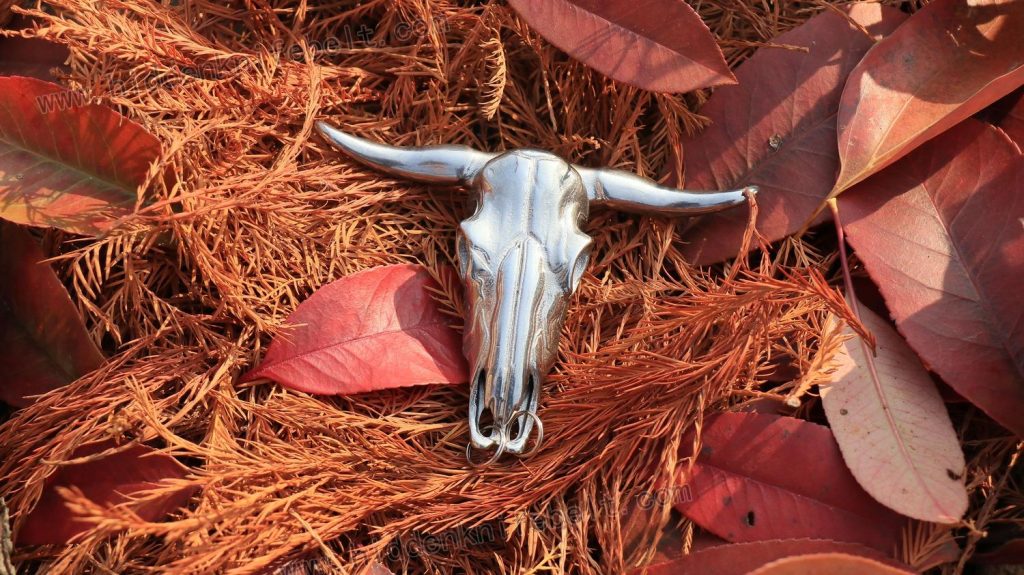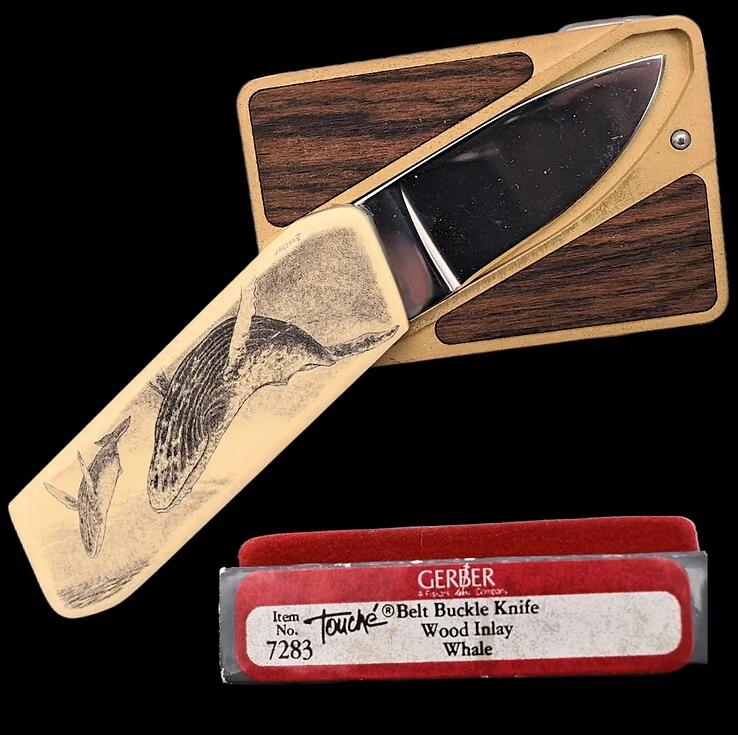
Interesting, mostly in the fabric of human culture, is the belt buckle tradition that embraces much more than the simple necessity in clothes but symbolic artifacts bearing meaning to society, culture, and man. The more I dug into its history, it became clearer that that tiny piece of metal or other material had been much more than a way to hold the clothes together, but rather, it had been a statement of identity, status, and even some sort of artistry.
Historically, the belt buckle goes back to ancient times; it served as a piece of decoration and a practical tool simultaneously. A belt buckle in ancient Rome and Greece times was sometimes of luxurious nature, being made of precious metals and adorned with intricate patterns, symbols, or even gemstones. These buckles were not only functional but symbols of status and power themselves, worn by the high social class. Even the military adopted them, and today most forms of this tradition include belt buckles that have specific designs indicating the rank and unit.
The belt buckle continued its use as a fashion piece even in medieval Europe, where the nobility prided themselves on it. It was with these artisans that the art of making belt buckles was taken to great heights, and they used various materials and made use of many techniques to create pieces that were beautiful and symbolic. They often reflected those of the lineage, allegiances, and achievements of the wearer, hence acting as very key aspects of personal adornment.
As it headed into the American West, the belt buckle took on still another connotation with its wearers: cowboys and ranchers. It became larger, shinier, and often flashier in the wild west—sort of a badge of honor that spoke volumes regarding the owner’s skills, achievements, and personal flair. The practice of this custom saw a revival with the formation of country and western music groups in.
And prize belt buckles being made out in the rodeos only helped to further hold it up as a symbol of excellence and rugged individualism within American cultures. In actuality, those belt buckles, when won, are handmade of their kind with detailed designs and symbols of the West—a form of highly respected personal property passing through the generations.
Presently, the belt buckle transcends such history to be a very versatile accessory in the fashion world. Designers and brands have taken the belt buckle as a canvas for their creativity, producing pieces that go from minimalist and sleek to bold and statement. For most people, a choice of a belt buckle is a way of showing off oneself in terms of personal style and affiliations, as well as interests.
The symbolism of the belt buckle extends beyond fashion and into the realm of personal identity and expression.
Belt buckles have often denoted the membership of the bearer to some concrete group or community, military units, fraternities, and/or cultural organizations. This may be simply a way for others to be reflecting their personal values, beliefs, or affiliations with some cause or interests. A belt buckle, then, is a heritage that goes along with history, culture, and fashion; it tailors all into a neat yet powerful lesson on the art of personal expression. It reflects the desire of humanity for adorning oneself not for just practical purposes but in order to communicate identity, status, and values. Thus, from ancient times to modern times, a belt buckle has gone through a lot of change but still remains a strong symbol connecting us with the past, strongly displaying the present, and hinting at future aspirations. A small accessory, mainly belittled, holds great history and a lively tradition that has such influence and attracts attention.


